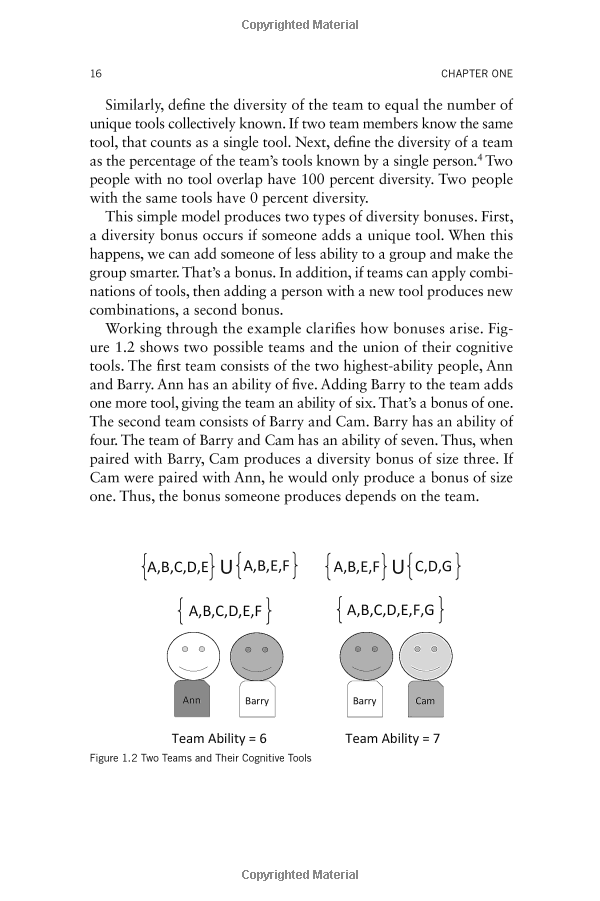Understanding the Impact of Student Loans on the Economy: A Comprehensive Guide
In today's rapidly changing financial landscape, the relationship between student loans and the economy has become increasingly significant. With millions o……
In today's rapidly changing financial landscape, the relationship between student loans and the economy has become increasingly significant. With millions of borrowers struggling under the weight of educational debt, it is essential to explore how these loans affect not only individual lives but also the broader economic environment. This guide aims to provide an in-depth understanding of the impact of student loans on the economy, illuminating the challenges and opportunities that arise from this intricate relationship.
The student loan crisis has reached alarming proportions, with outstanding student debt surpassing $1.7 trillion in the United States alone. This staggering figure raises important questions about the long-term implications for economic growth, consumer spending, and overall financial stability. As graduates enter the workforce, their ability to contribute to the economy is often hampered by the burden of repayment. High monthly payments can limit their capacity to purchase homes, invest in businesses, or save for retirement, ultimately stunting economic growth.
Moreover, the impact of student loans on the economy extends beyond individual borrowers. The ripple effects can be felt across various sectors, including housing, retail, and even healthcare. For example, millennials and Gen Z, who are often the most affected by student debt, are delaying major life milestones such as homeownership and family formation. This delay can lead to decreased demand in the housing market, which can have a cascading effect on construction, real estate, and related industries.

Additionally, the burden of student loans can influence career choices. Many graduates may feel compelled to pursue higher-paying jobs rather than follow their passions, leading to a mismatch between skills and job opportunities. This phenomenon can create inefficiencies in the labor market, ultimately affecting productivity and economic output.
On the flip side, it's important to recognize that student loans can also serve as a catalyst for economic growth. By enabling individuals to access higher education, these loans can lead to a more educated workforce, which is essential for innovation and competitiveness in the global market. A well-educated population can drive productivity, increase earning potential, and contribute to a more robust economy.

In recent years, policymakers have begun to address the challenges posed by student loans and their impact on the economy. Initiatives such as income-driven repayment plans, loan forgiveness programs, and interest rate reductions aim to alleviate the burden on borrowers and stimulate economic activity. However, the effectiveness of these measures remains a topic of debate, and ongoing reforms are necessary to create a sustainable solution.
As we look to the future, understanding the intricate relationship between student loans and the economy will be crucial for both borrowers and policymakers. By fostering a deeper awareness of the challenges and opportunities present in this landscape, we can work towards solutions that benefit individuals and the economy as a whole.

In conclusion, the impact of student loans on the economy is a multifaceted issue that warrants careful consideration. As we navigate this complex terrain, it is essential to strike a balance between providing access to education and ensuring that the burden of debt does not hinder economic progress. Through informed discussions and strategic policy decisions, we can pave the way for a brighter financial future for all.